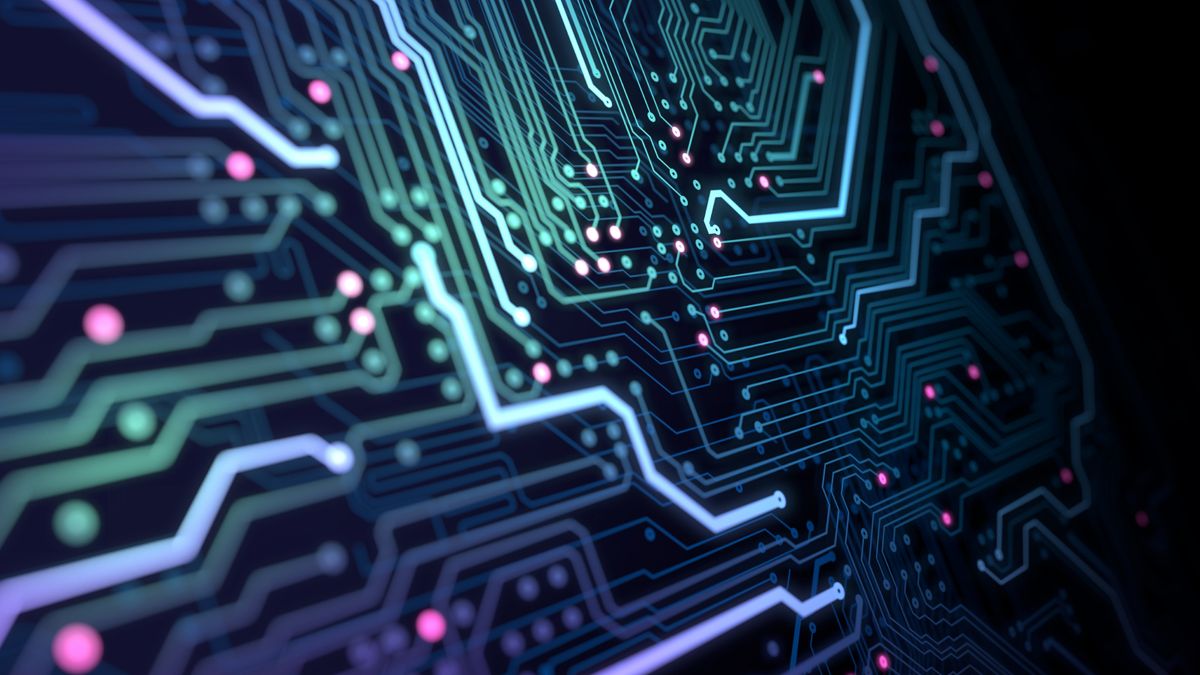Next Generation Semiconductors: Exploring the Benefits of Transitioning to 2D Material
Saturday, 27 July 2024, 12:00

The Future of Computer Chips
Recent advancements suggest that the next generation of computer chips could transition away from traditional silicon-based designs.
Benefits of 2D Crystal Semiconductors
- Higher Efficiency: 2D materials like transition metal dichalcogenides (TMD) offer superior performance.
- Utilization of Atomic 'Defects': These defects can be optimized to enhance chip functionality.
Conclusion
As the technology landscape evolves, embracing 2D crystal semiconductors could pave the way for a new era in computing.
This article was prepared using information from open sources in accordance with the principles of Ethical Policy. The editorial team is not responsible for absolute accuracy, as it relies on data from the sources referenced.